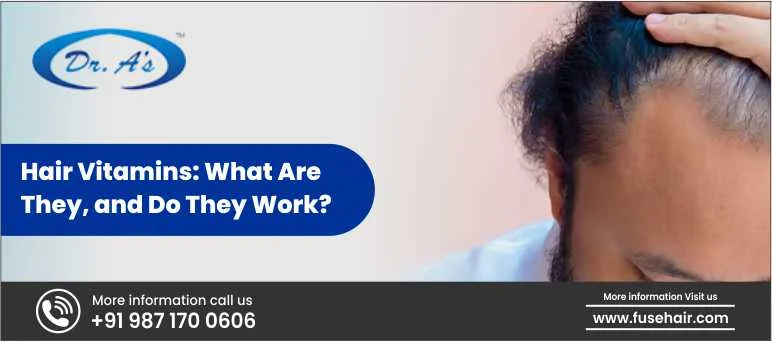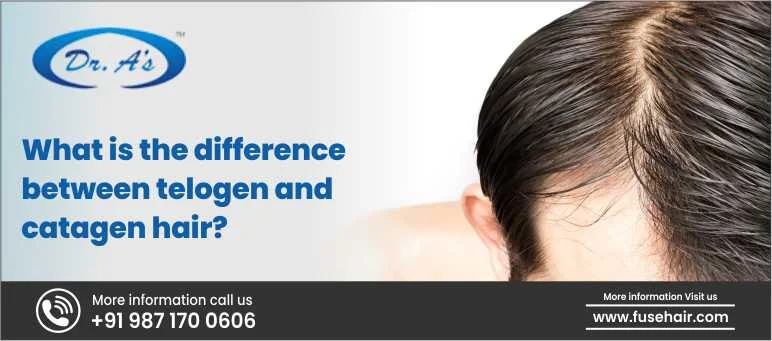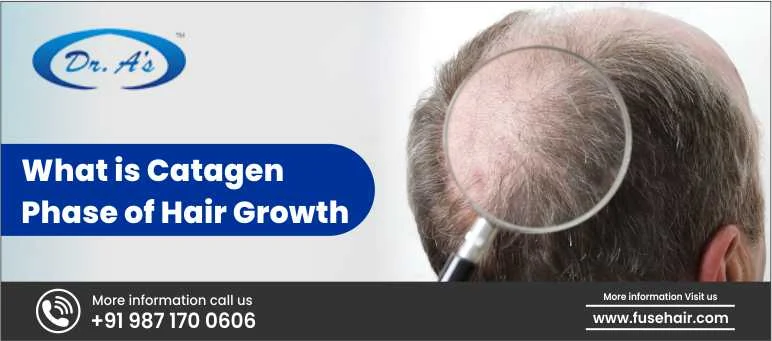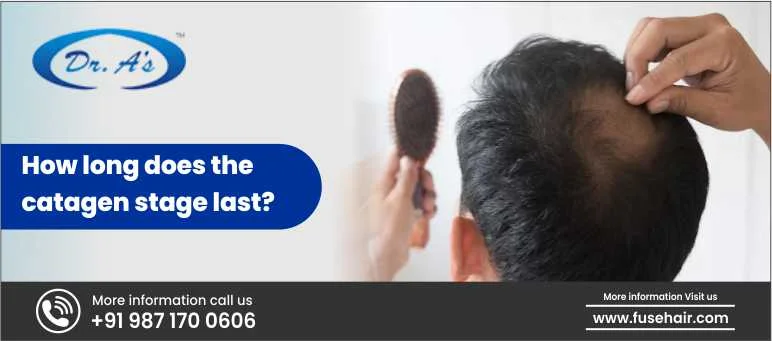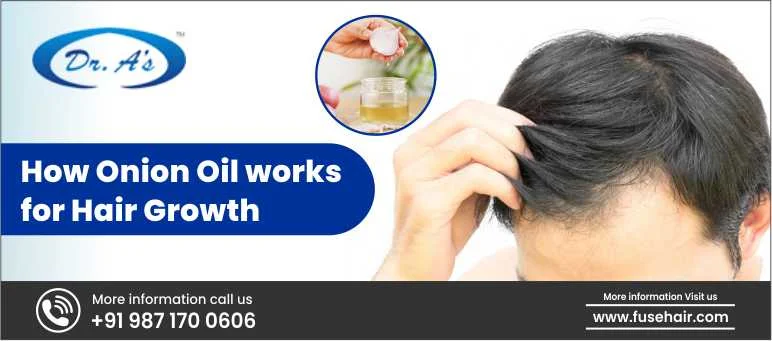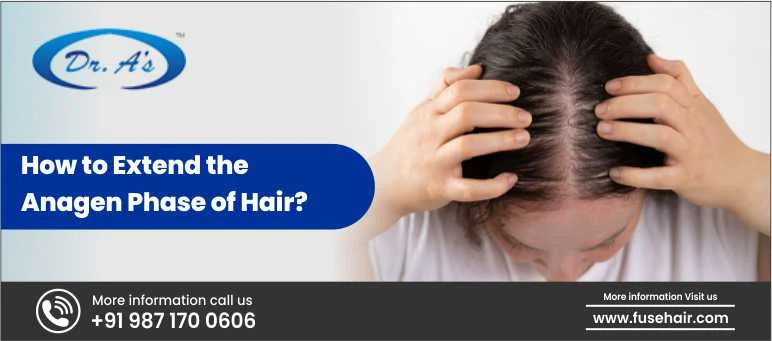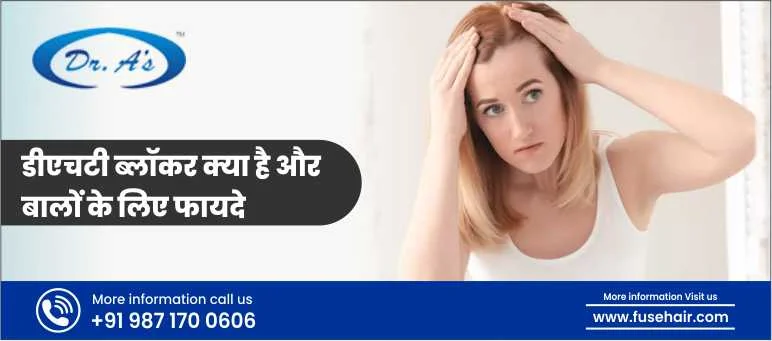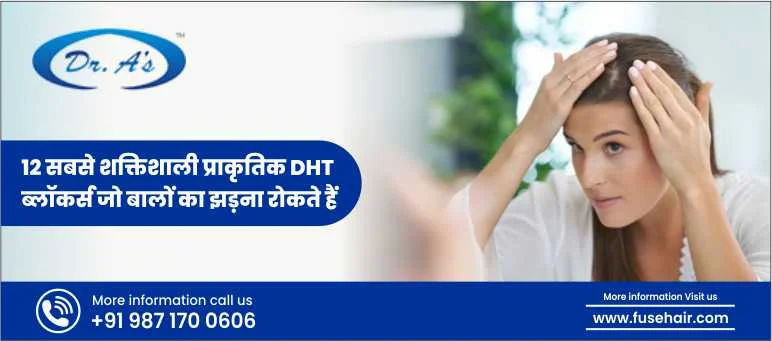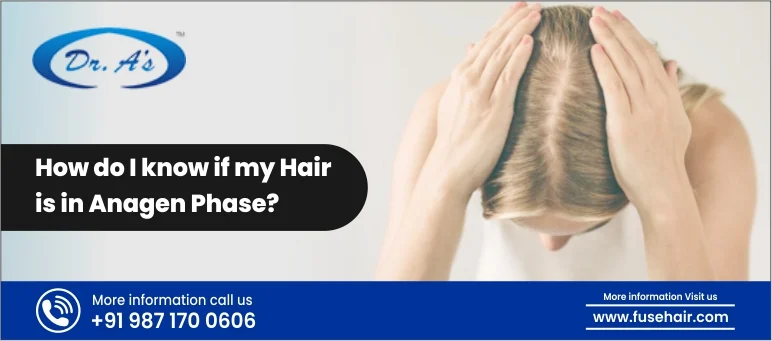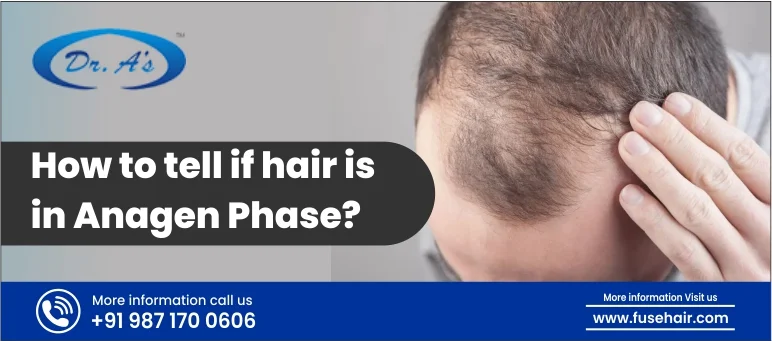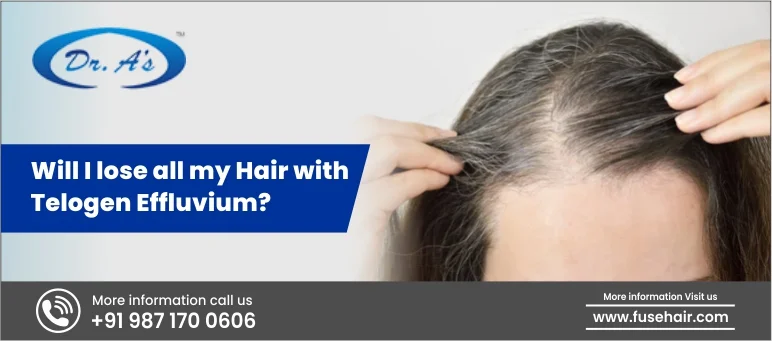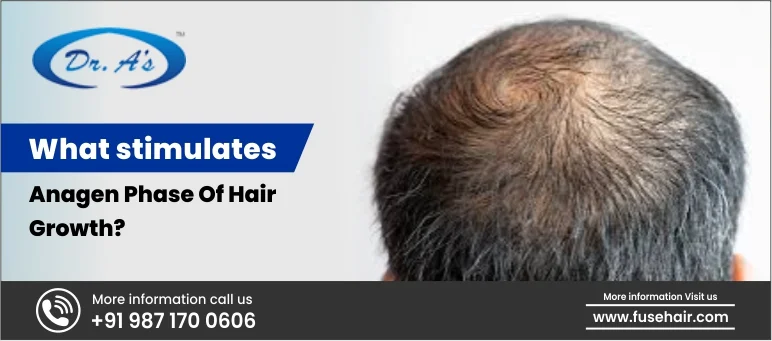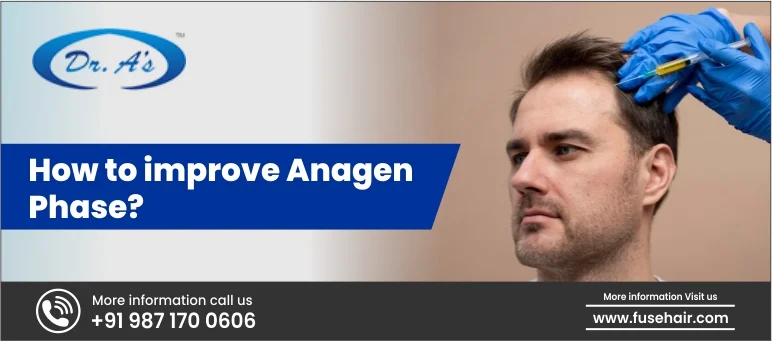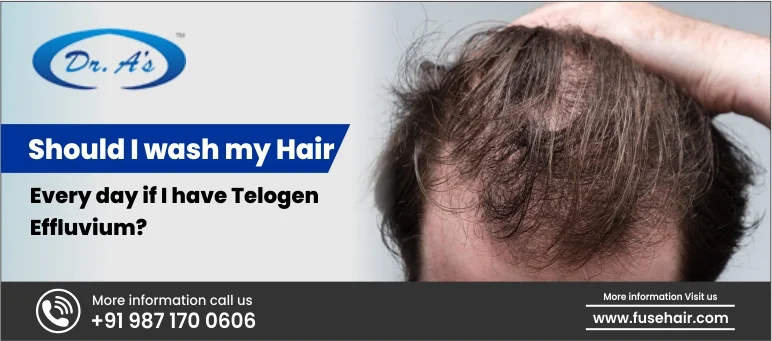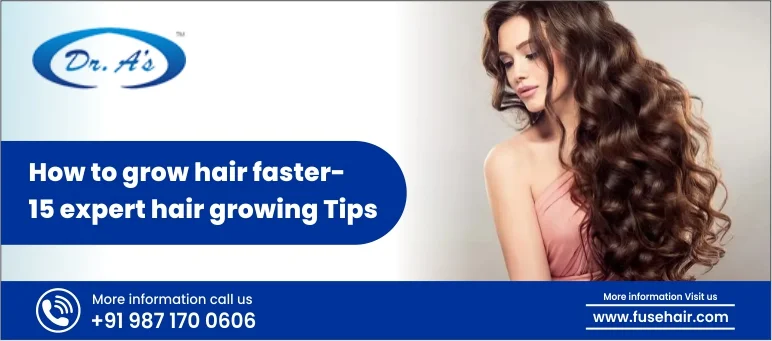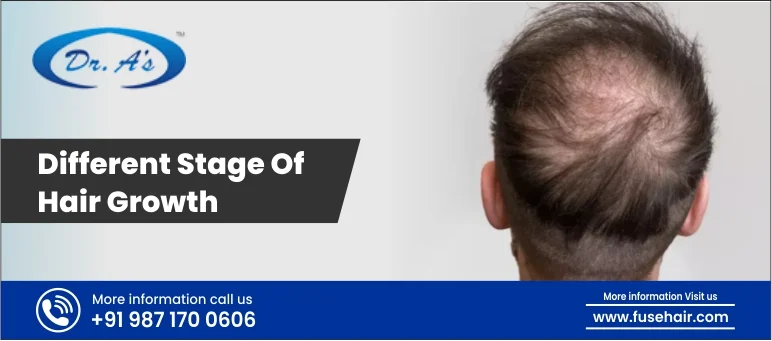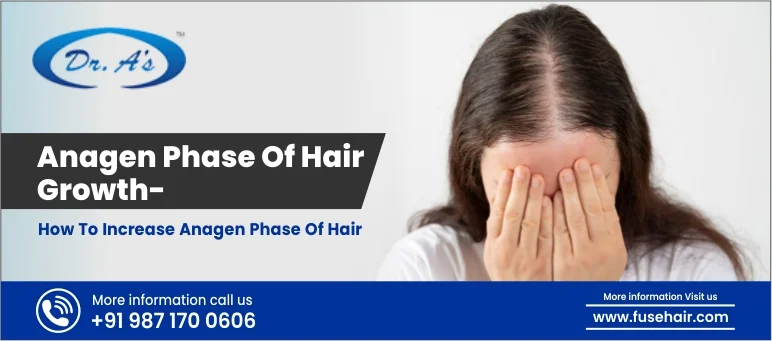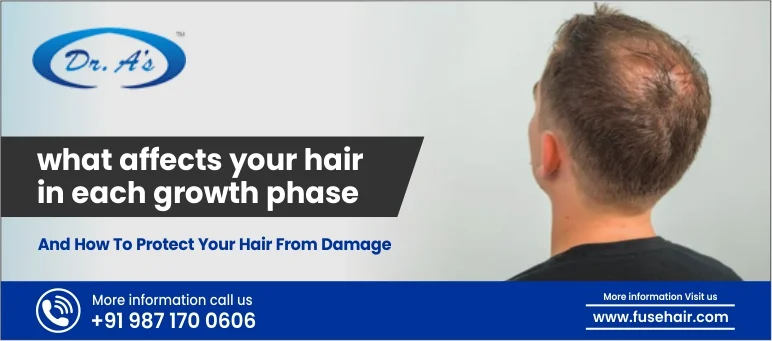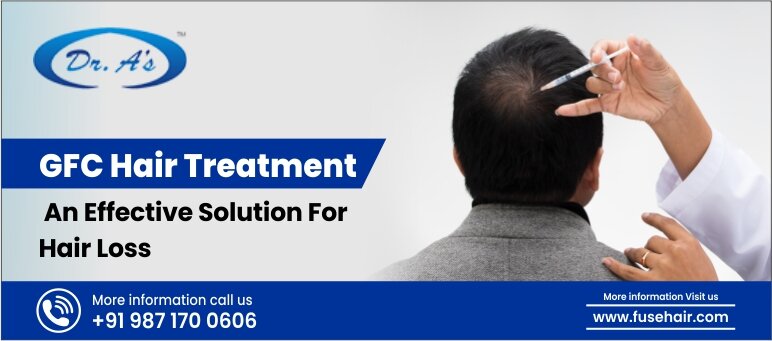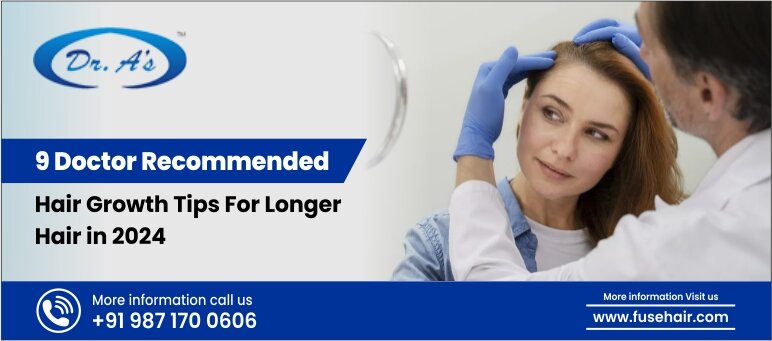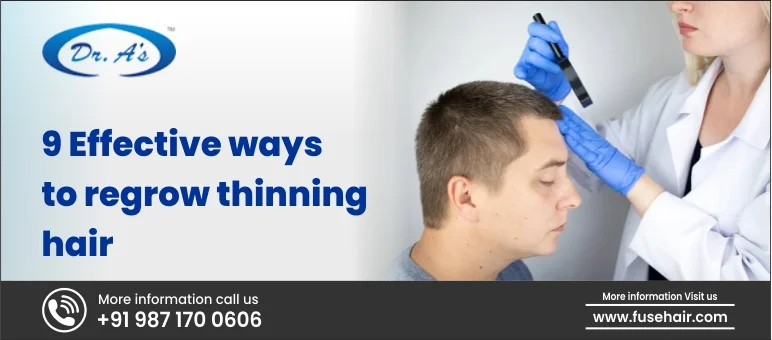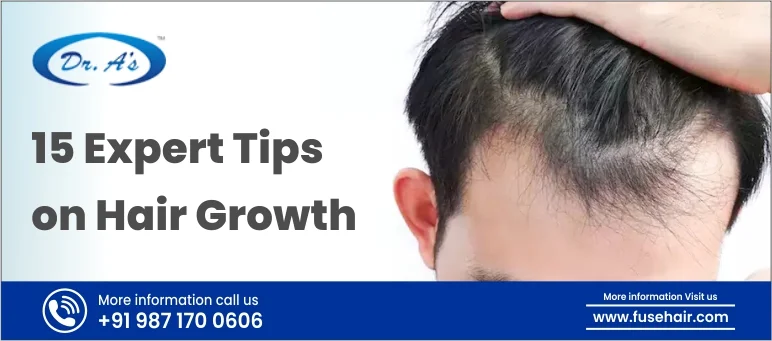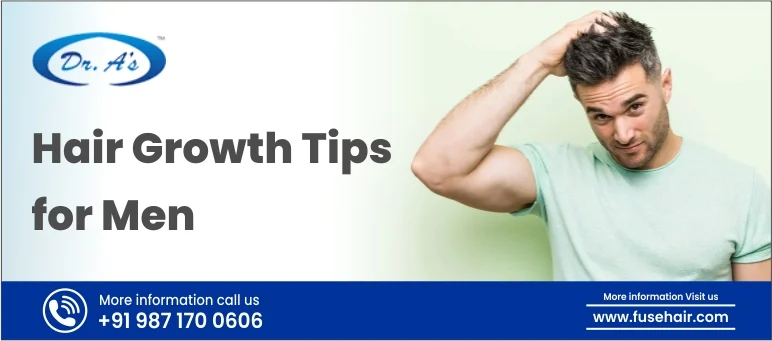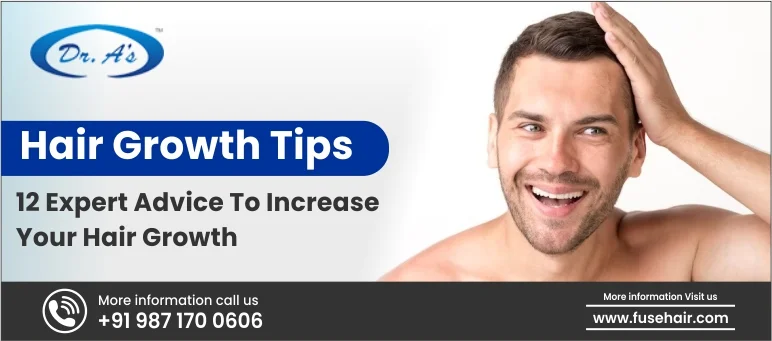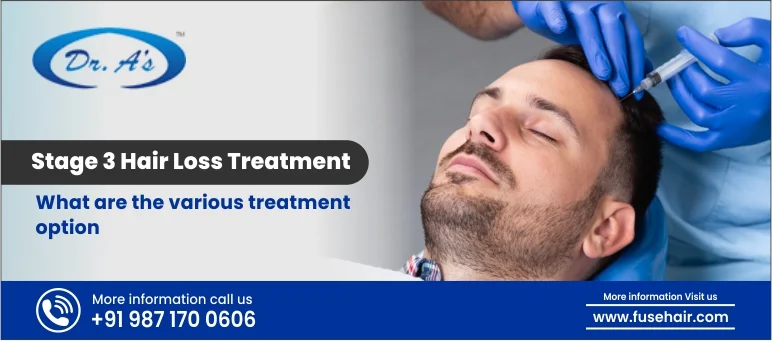
Stage 3 hair loss can be distressing. Hair thinning becomes noticeable. Treatment at this stage is crucial. Options range from medications to lifestyle changes. Each stage 3 hair loss treatment has its benefits. Early intervention can slow hair loss. Knowing the causes and symptoms helps. Understanding treatment options is vital. This guide explores stage 3 hair loss comprehensively.
At Dr A’s Clinic in Delhi, Dr Arvind Poswal leads with precision and innovation in hair restoration. Their comprehensive approach ensures that you receive tailored treatments. Their outcomes have also been quite successful. Go there and experience top-tier care for yourself. Start regaining your hair at Dr A’s Clinic.
What are Some Causes of Stage 3 Hair Loss?
Here are some causes as to why you may be experiencing hair loss:
-
Genetics
This factor plays a major role in hair loss and stage 3 baldness. For instance, Androgenetic Alopecia is one such condition resulting from genetics. It leads to thinner hair and eventual loss. It’s a gradual process. Early stages are subtle but later stages are more noticeable.
-
Hormonal Changes
Hormones impact hair health. For instance, a serious imbalance can shrink hair follicles. This leads to hair thinning. Thyroid problems also affect hormones.
-
Stress and Lifestyle
Stress is a significant factor. Chronic stress affects overall health. It disrupts hair growth cycles. Lifestyle choices also matter. Poor diet impacts hair health. Lack of essential nutrients weakens hair.
-
Medical Conditions
Certain medical conditions cause hair loss. Scalp infections like ringworm are some of the major examples. Diabetes can also affect hair health. It’s linked to poor blood circulation. Lupus and other autoimmune diseases contribute to hair loss.
-
Medications and Treatments
Some medications have side effects. Hair loss is one of them. Chemotherapy drugs are well-known for this. Blood pressure medications can also cause hair thinning. Antidepressants may also have similar effects. Radiation therapy also impacts hair growth.
Signs and Symptoms that You Have Stage 3 Hair Loss
These are some symptoms that you may have hair loss:
-
Noticeable Thinning
Thinning hair is a key sign. At stage 3, it’s more evident. The scalp becomes more visible. Hair density decreases significantly. The crown and frontal hairline are commonly affected. Combing or brushing reveals more scalp. Hair feels less voluminous. This thinning is progressive.
-
Receding Hairline
This is quite common in men. Women may notice a widening part. The hairline moves back from the forehead. This is a clear stage 3 sign. It changes your facial appearance. The temples are usually the first areas affected. This recession can be slow or rapid.
-
Increased Hair Shedding
Hair shedding increases noticeably. Finding hair strands on your pillow is common. Shower drains and hairbrushes collect more hair. This shedding is more than usual. It’s a sign of weakened hair follicles. The hair’s growth cycle is disrupted. More hair enters the shedding phase.
-
Bald Spots
Small bald spots and stage 3 baldness is one of the most common signs. These are more common in androgenetic alopecia. The crown is a typical spot. These patches can be circular or irregular. They indicate significant hair loss. Bald spots can merge over time. This leads to larger areas of baldness.
-
Changes in Hair Texture
Hair texture changes with stage 3 hair loss. Hair becomes finer and weaker. It breaks easily. The overall quality of hair deteriorates. This makes it more prone to damage. Styling becomes difficult. Hair lacks its former resilience and strength.
Various Treatment Options for Stage 3 Hair Loss
Here are the stage 3 hair loss treatment options that help with stage 3 hair loss:
Medications
-
Minoxidil
Minoxidil is a popular choice. It’s an over-the-counter treatment. Applied topically, it stimulates hair growth. It increases blood flow to hair follicles. Consistent use is necessary. Results may take a few months. It’s suitable for both men and women. Side effects are minimal. Some users experience scalp irritation.
-
Finasteride
Finasteride is an oral medication. It’s prescription-only. It works by blocking DHT. This helps prevent follicle shrinkage. Finasteride is mainly for men. Women should avoid it. Results can be seen in a few months. Side effects include sexual dysfunction. Regular use is essential.
Hair Transplant Surgery
A hair transplant is a surgical option. It involves moving hair follicles. Follicles are taken from a dense area to a thinning area. There are two main methods: FUT and FUE. The former involves strip harvesting while the latter involves individual follicle extraction.
Dr A’s Clinic in Delhi excels in FUE and FUT procedures under Dr Arvind Poswal’s expert guidance. These techniques deliver seamless hair restoration with minimal downtime. Trust their skill for lasting results and a transformed appearance.
Medical Surgeries
-
Scalp Reduction Surgery
Scalp reduction is a surgical method. It involves removing bald scalp areas. The remaining scalp is then stretched to cover the removed area. It reduces the bald spot. It’s often combined with hair transplants. The procedure can be painful. Recovery time varies. It’s effective for large bald areas.
-
Flap Surgery
Flap surgery is another option for stage 3 baldness. A portion of the scalp with hair is moved to a bald area. This flap is not entirely detached. It remains connected to the original blood supply. It provides immediate coverage. The results are dramatic. It’s a complex procedure. Recovery time is longer.
-
Artificial Hair Implants
Artificial hair implants are available. Synthetic fibers are implanted into the scalp. It’s an option for those who can’t undergo other surgeries. The procedure is relatively quick. Maintenance is required. There’s a risk of infection. The results are immediate.
-
Scalp Micropigmentation
Scalp micro pigmentation is a non-surgical option. It involves tattooing tiny dots on the scalp. This gives the appearance of a shaved head. It’s suitable for all stages of hair loss. The procedure is quick. Results are immediate. It’s a permanent solution.
Platelet-Rich Plasma (PRP) Therapy
This is a non-surgical treatment. Blood is drawn and processed. Platelets are concentrated and injected into the scalp. This promotes healing and growth. It’s a natural treatment. Multiple sessions are needed. It’s effective for many people. Results can be seen in a few months.
Laser Therapy
One of the most effective options, it is another non-invasive option. It is known to promote growth and reduce thinning. Treatment involves regular sessions. It’s painless and has no side effects. Home devices are available. Consistent use is crucial. It’s suitable for early-stage hair loss.
Dr Arvind Poswal uses state-of-the-art laser technology to painlessly stimulate hair growth. You can benefit from this and see visible improvements soon. Achieving fuller hair is possible with regular sessions at Dr A’s Clinic.
Lifestyle Changes
-
Diet and Nutrition
Diet impacts hair health. A balanced diet is essential. Vitamins and minerals are crucial. Biotin, zinc, and iron support hair growth. Avoid crash diets. They deprive your body of nutrients. Stay hydrated. Water supports overall health.
-
Stress Management
Stress affects hair growth. Managing stress is important. Practice relaxation techniques. Yoga and meditation help. Regular exercise reduces stress. Adequate sleep is vital. It supports overall health. Avoid excessive work pressure. Take breaks and relax.
-
Hair Care Practices
Proper hair care is essential. Avoid harsh chemicals. Choose gentle shampoos. Avoid excessive heat styling. Use heat protectants. Don’t tug or pull your hair. Be gentle while combing. Regular trims prevent split ends. Protect your hair from the sun.
Natural Remedies
-
Essential Oils
Essential oils can aid hair growth. Rosemary oil is popular. It improves circulation. Lavender oil has soothing properties. Peppermint oil stimulates follicles. Mix with carrier oils before use. Massage into the scalp. Consistent use shows results.
-
Herbal Supplements
Herbal supplements support hair health. Saw palmetto blocks DHT. Ginseng boosts circulation. Aloe vera promotes growth. Green tea has antioxidants. Consult a doctor before using supplements. They should complement your diet.
-
Scalp Massage
Scalp massage stimulates blood flow. It strengthens hair follicles. Use natural oils for massage. Regular massages show benefits. It’s a simple and effective remedy. Consistency is key.
Emerging Treatments
-
Stem Cell Therapy
Stem cell therapy is an emerging treatment. It involves using stem cells to promote hair growth. Cells are extracted, processed, and injected into the scalp. Research is ongoing. Initial results are promising. It’s a natural treatment. Availability is limited.
-
Gene Therapy
Gene therapy is another innovative approach. It targets genetic causes of hair loss. The goal is to modify genes to prevent hair loss. Research is still in the early stages. It holds potential for the future. It’s not yet widely available.
-
JAK Inhibitors
JAK inhibitors are new medications. They target specific enzymes linked to hair loss. Research shows promise for conditions like alopecia areata. These medications are still under study. Availability is limited. They may offer future solutions.
Conclusion
Stage 3 hair loss can be challenging. Understanding the causes helps. Recognizing symptoms is crucial. Early intervention is beneficial. Multiple stage 3 hair loss treatment options are available. Medications, surgery, and lifestyle changes are effective. Natural remedies offer additional support. Choose a treatment that suits you. Consistency and patience are vital. Addressing hair loss improves confidence. Take action early for the best results.
While it is important to be proactive by yourself, having a doctor’s consultation is the most effective. Dr A’s Clinic in Delhi is your safest and best answer when it comes to hair loss-related treatments. They offer personalized care and effective solutions for hair loss and scalp conditions.

